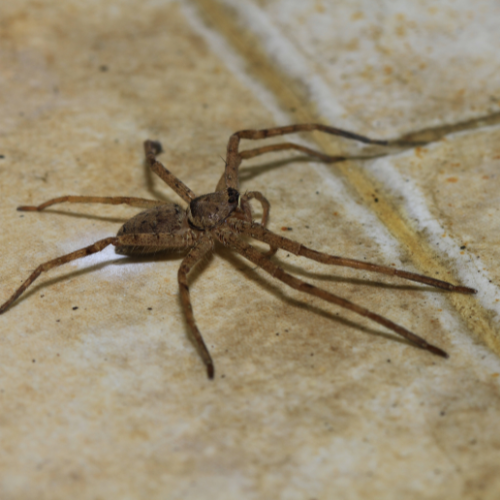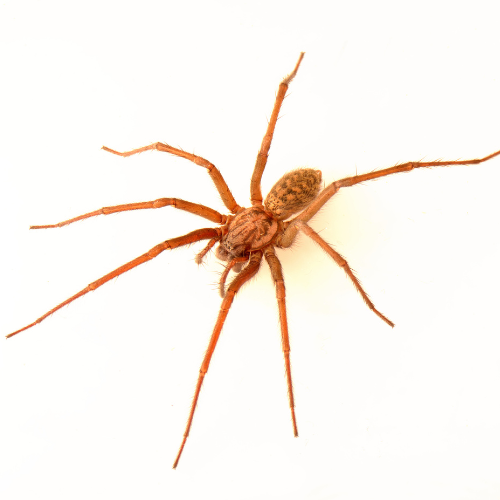House Spider
Introduction to
House spiders are a common sight in homes across the globe. These small arachnids play a beneficial role by preying on insects, but their presence can sometimes cause concern for homeowners. Understanding how to identify, prevent, and professionally manage house spiders is crucial for maintaining a safe and comfortable living environment. This article explores the recognition, biology, habits, prevention, and professional handling of house spiders.
Recognition
House spiders are typically small to medium-sized, with body lengths ranging from 3 to 8 millimeters. Their coloration varies widely, from light brown to almost black, often with darker markings or patterns on their abdomen. They have eight legs and eight eyes, arranged in two rows. The most common house spiders in North America include the American house spider (Parasteatoda tepidariorum) and the common cellar spider (Pholcus phalangioides). House spiders build irregular, tangled webs in corners, under furniture, and in other undisturbed areas. Identifying these webs and the spiders’ physical characteristics can help in recognizing a house spider presence.
Biology
House spiders belong to various species, each with unique biological traits. They are generally solitary creatures, except during mating periods. Female house spiders can produce several egg sacs in their lifetime, each containing multiple eggs. After hatching, spiderlings disperse and start building their own webs. House spiders are carnivorous, feeding primarily on insects and other small arthropods. They use their silk to construct webs that trap their prey, which they then immobilize with venom. Despite their small size, house spiders play a crucial role in controlling insect populations indoors.
Habits
House spiders are generally non-aggressive and prefer to avoid human interaction. They are most active at night when they come out to hunt for food. During the day, they remain hidden in their webs or secluded areas. House spiders can be found in various parts of a home, including basements, attics, closets, and behind furniture. They are particularly attracted to dark, quiet, and undisturbed places. House spiders are beneficial in that they help control indoor pest populations, but their webs and presence can be a nuisance for homeowners.
Prevention
Preventing house spider infestations involves regular cleaning and reducing clutter. Vacuum and dust frequently to remove webs, egg sacs, and potential prey. Seal cracks and crevices around windows, doors, and foundations to prevent spiders from entering. Use screens on windows and doors to keep spiders out while allowing ventilation. Store items in sealed containers to reduce hiding spots. Consider using natural deterrents like essential oils (e.g., peppermint, lavender) to repel spiders. Maintaining a clean and organized home can significantly reduce the likelihood of house spider infestations.
Professional
If house spiders become a persistent problem, seeking professional pest control services is advisable. STL Pest Control offers comprehensive solutions for managing and eliminating house spider infestations. Their trained technicians will conduct a thorough inspection to identify infested areas and apply targeted treatments to eradicate the spiders. They also provide ongoing monitoring and preventive measures to ensure that the infestation does not recur. Professional intervention is essential for effectively managing house spiders and maintaining a spider-free home environment.



Our Office









